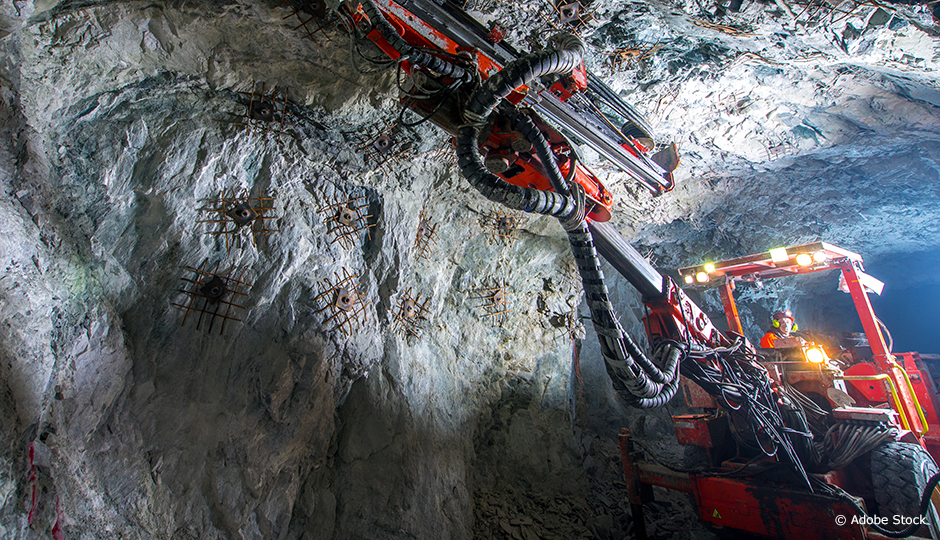Some waste is worth its weight in gold… or in rare earths. Québec company Orbite Technologies understands this only too well. It has developed a process for treating mining waste to recover rare earth elements, which are worth US$11.2 billion on the world market. To optimize the selective extraction of these precious metals, the company called on Dominic Rochefort, a professor and researcher in the Department of Chemistry at Université de Montréal, and his colleagues Daniel Guay and Lionel Roué, from the Institut national de recherche scientifique.
There is an ever-growing interest in “rare earth” elements, as they are critical to the high-tech sector: computer and television screens, radars, LEDs...
Contrary to what their name suggests, “rare earth” elements are not earth, nor are they particularly rare. They are a group of 17 minerals that are relatively abundant in the earth’s crust, but are rarely found in the form of easily mineable deposits. There is an ever-growing interest in these elements, as they are critical to the high-tech sector: computer and television screens, radars, high-performance alloys, LEDs, electric engines… Scandium, for example, is worth almost US$3,000 per kilogram. There is good reason to recover it, even in small quantities!
To improve the recovery rate of rare earths, Dominic Rochefort and his team are using the power of ionic liquids, salts that remain liquid at room temperature. Unlike organic solvents, these liquids emit practically no vapours and can be reused more easily. In addition, they offer a “two for one” action: they act as both solvents and extractants. After fine-tuning the molecular structure of the ionic liquids so that they bind only to rare earths, the researchers are currently validating and improving the level of selectivity on real mining samples. This technology will eventually be adapted to other mining operations looking for a “clean”, less expensive extraction process.




